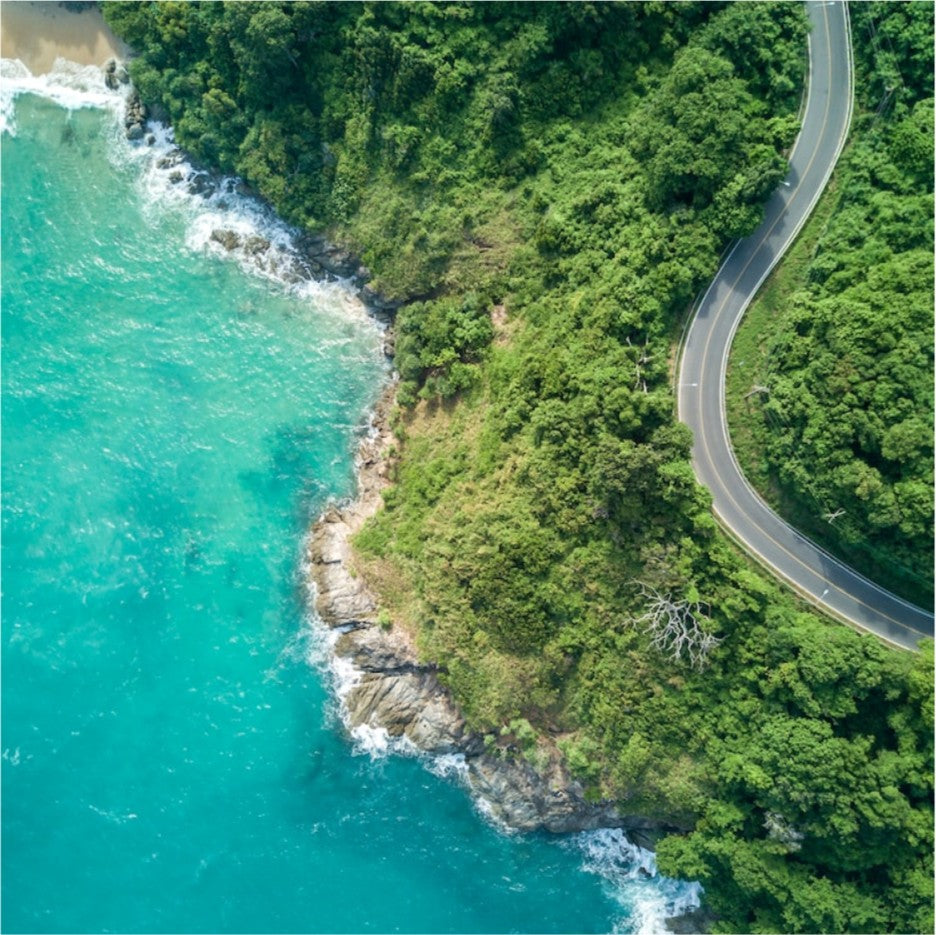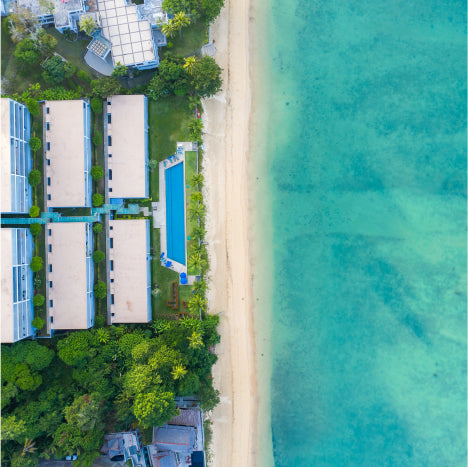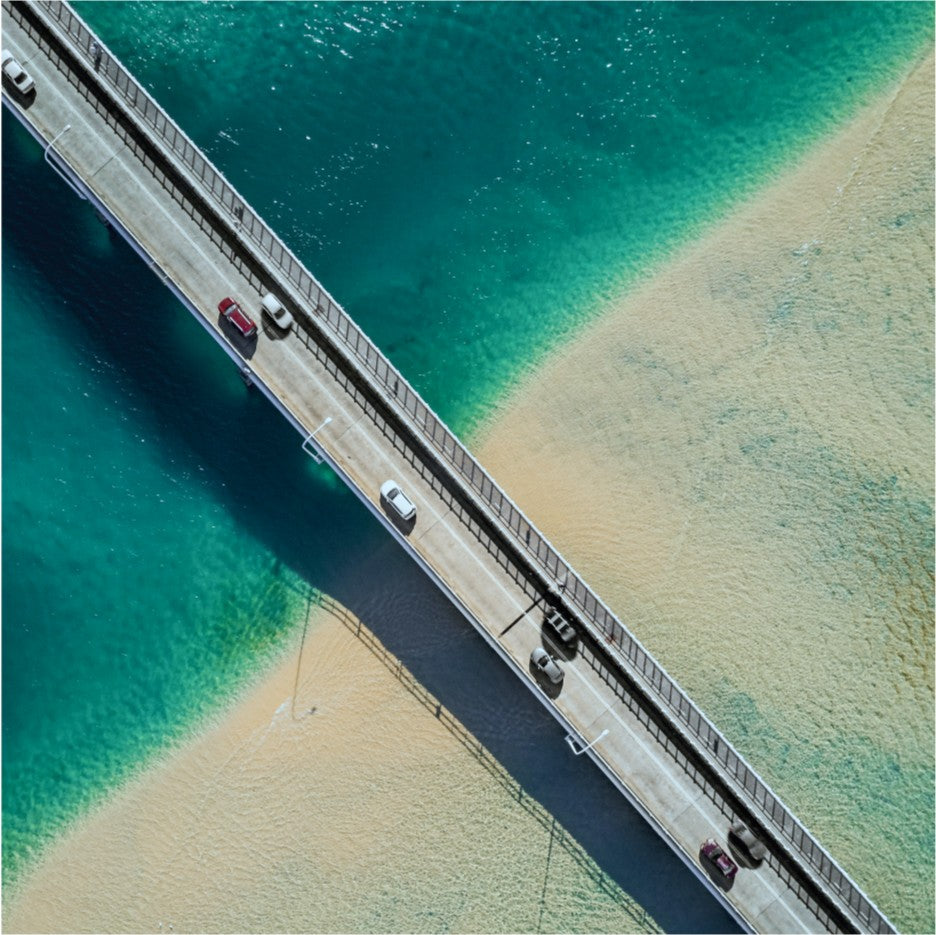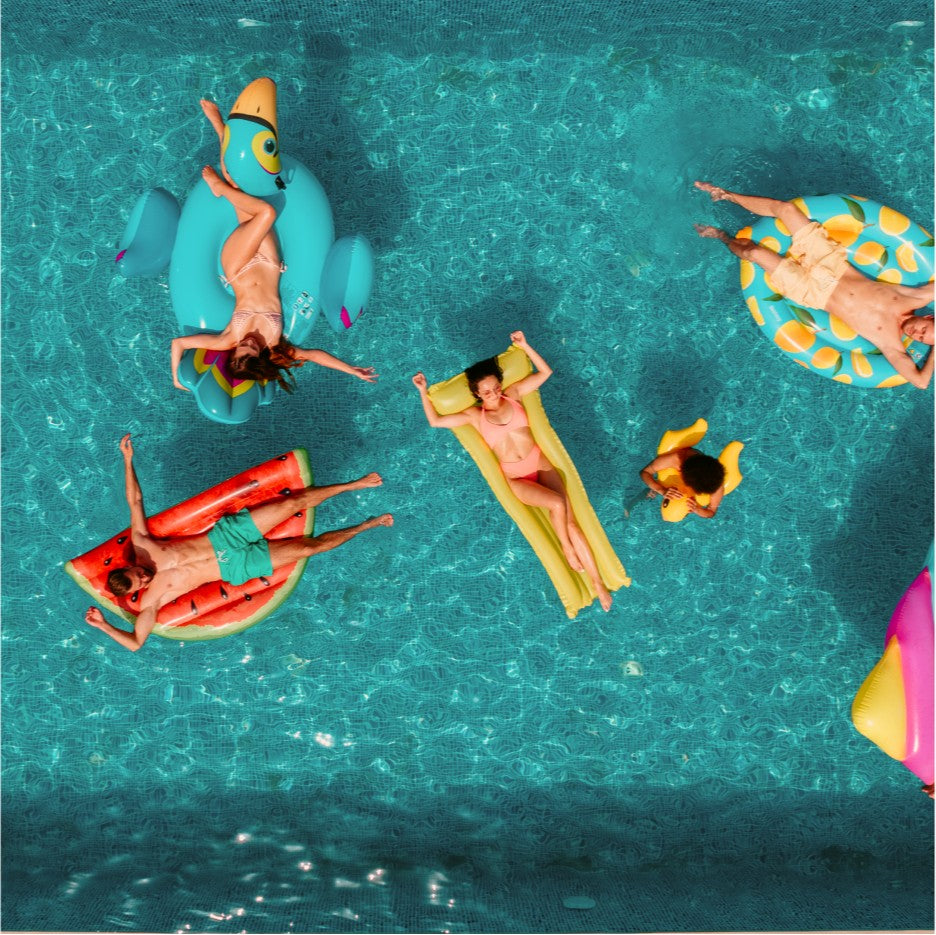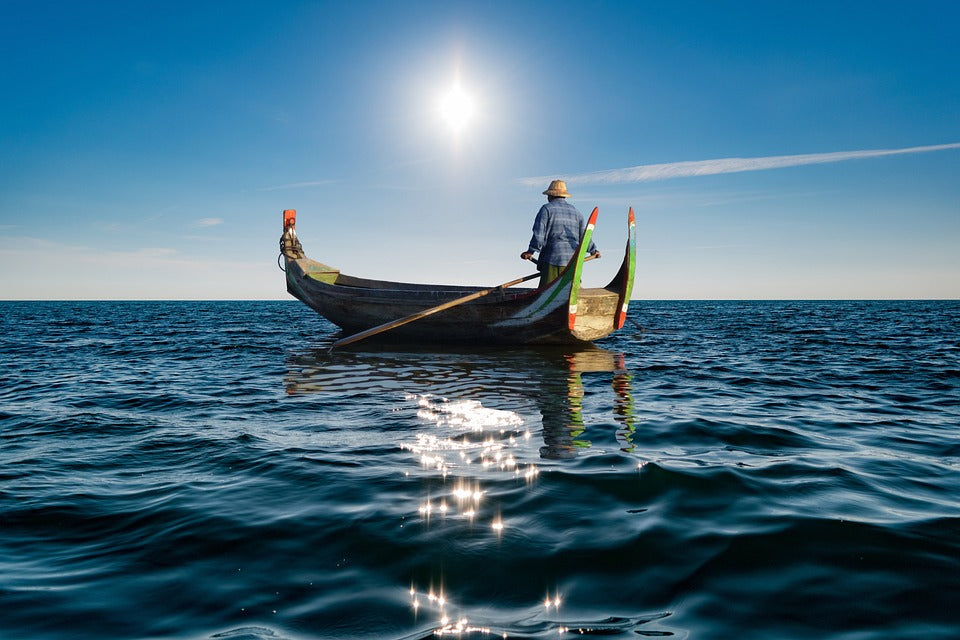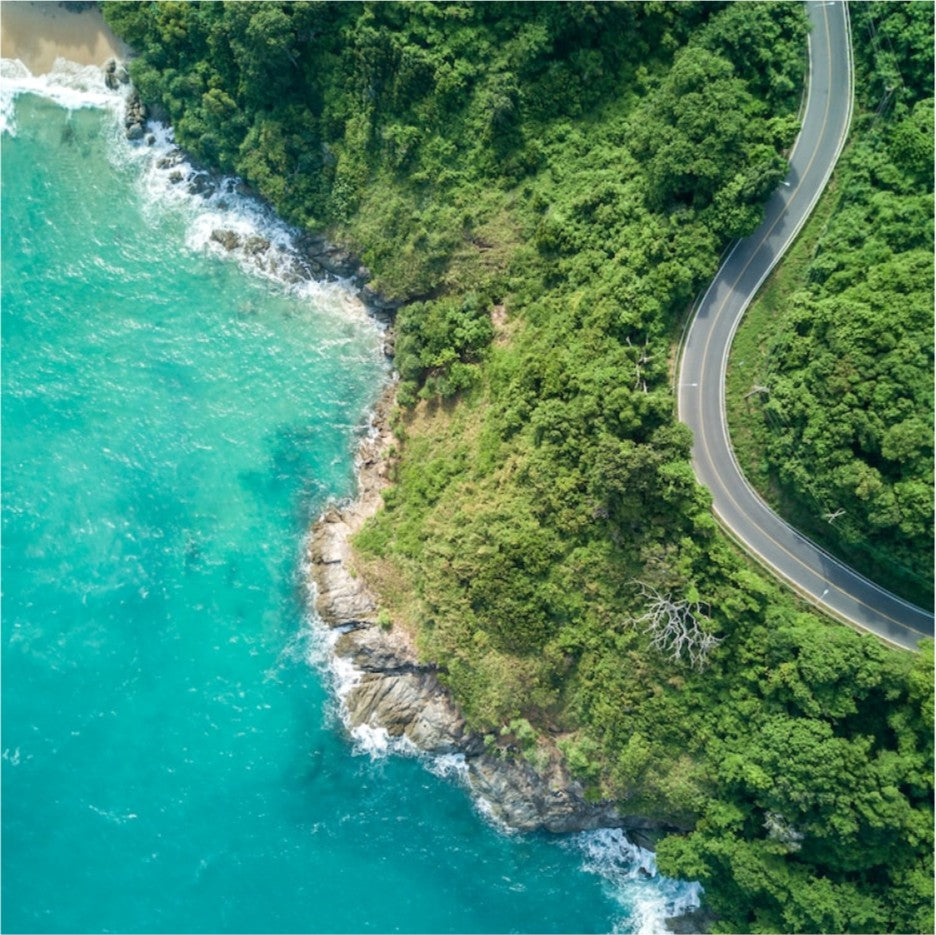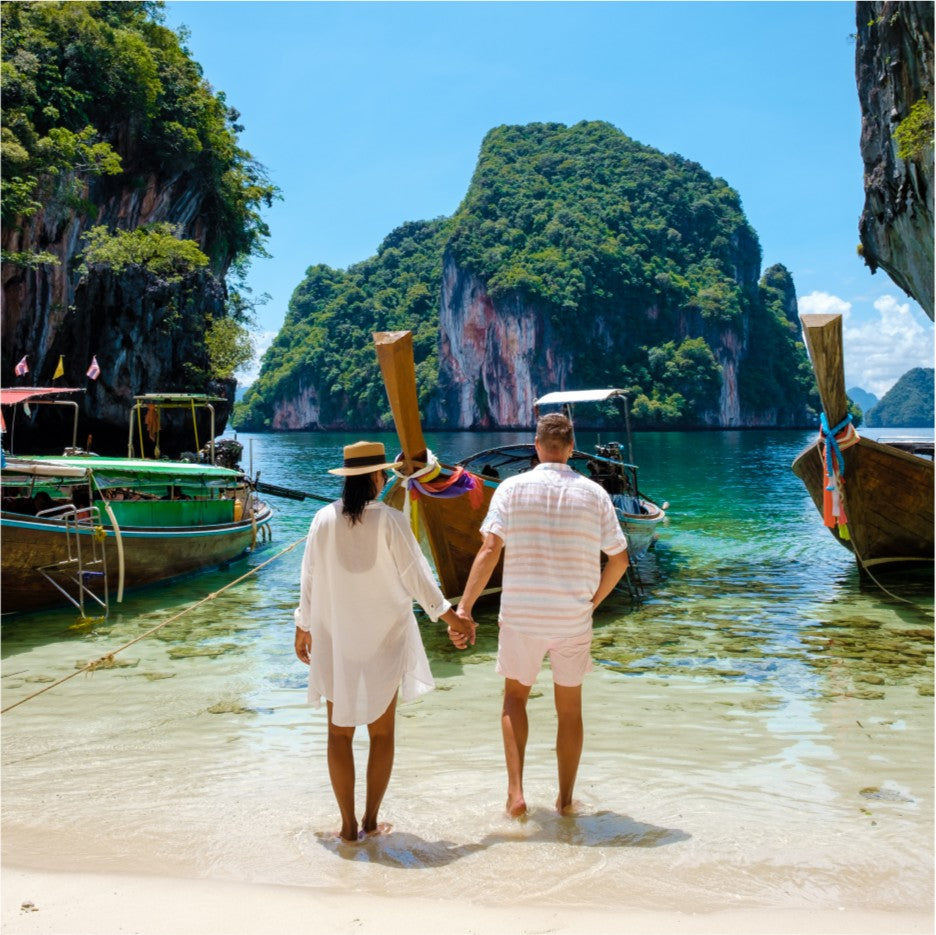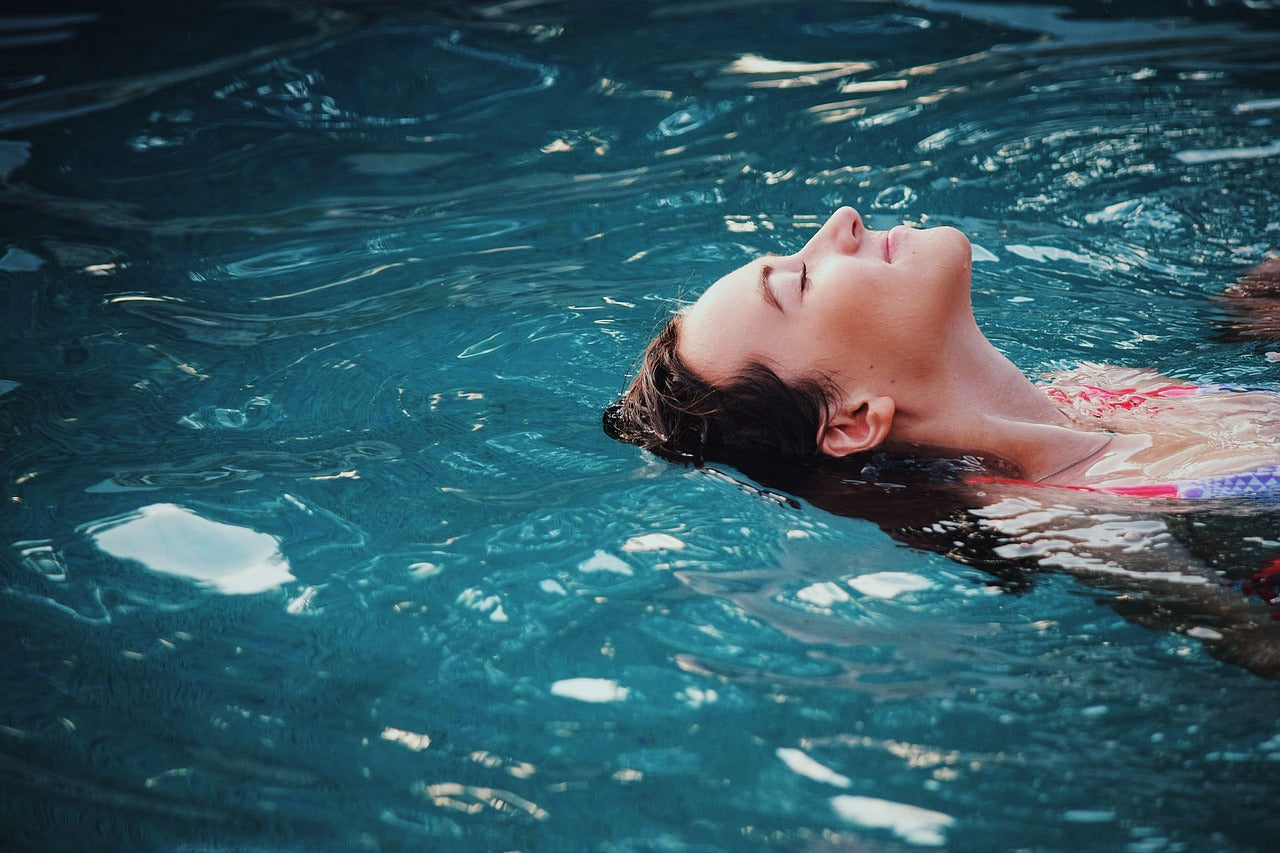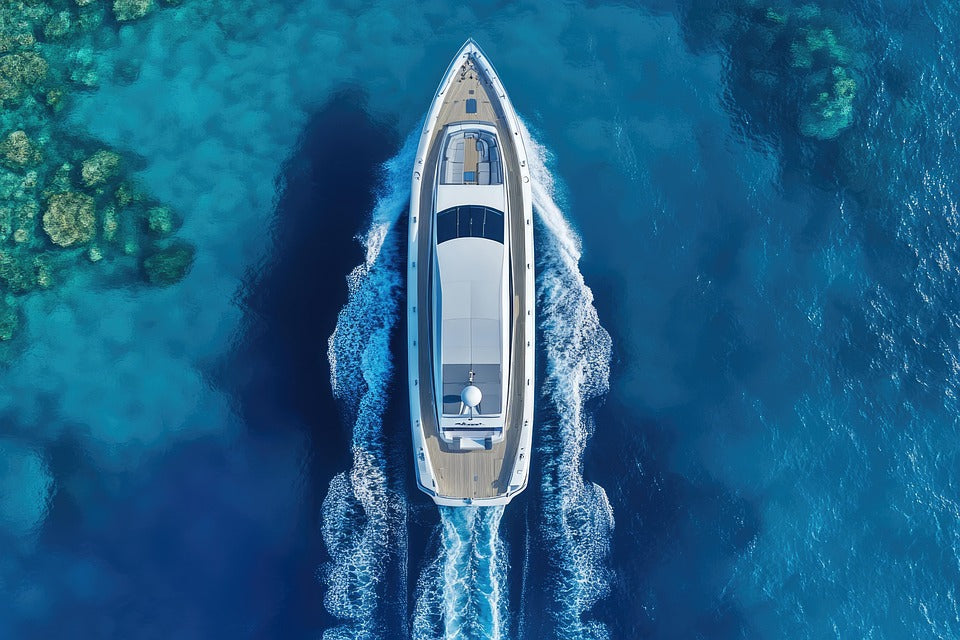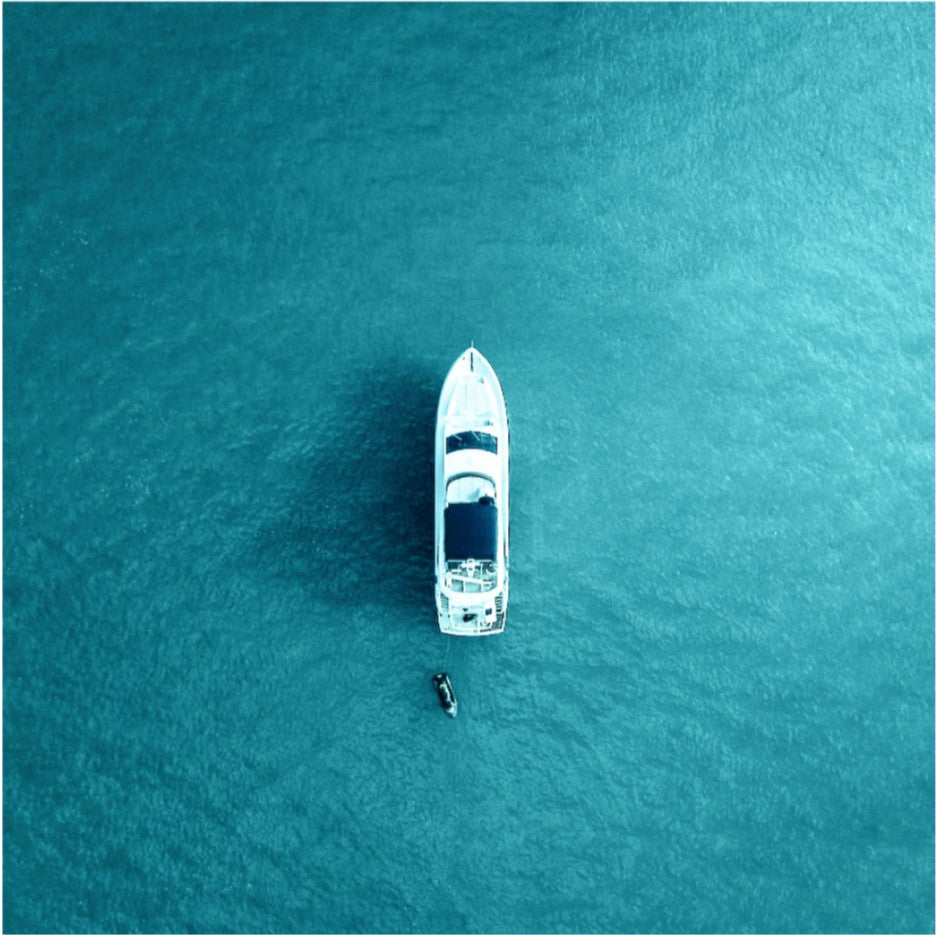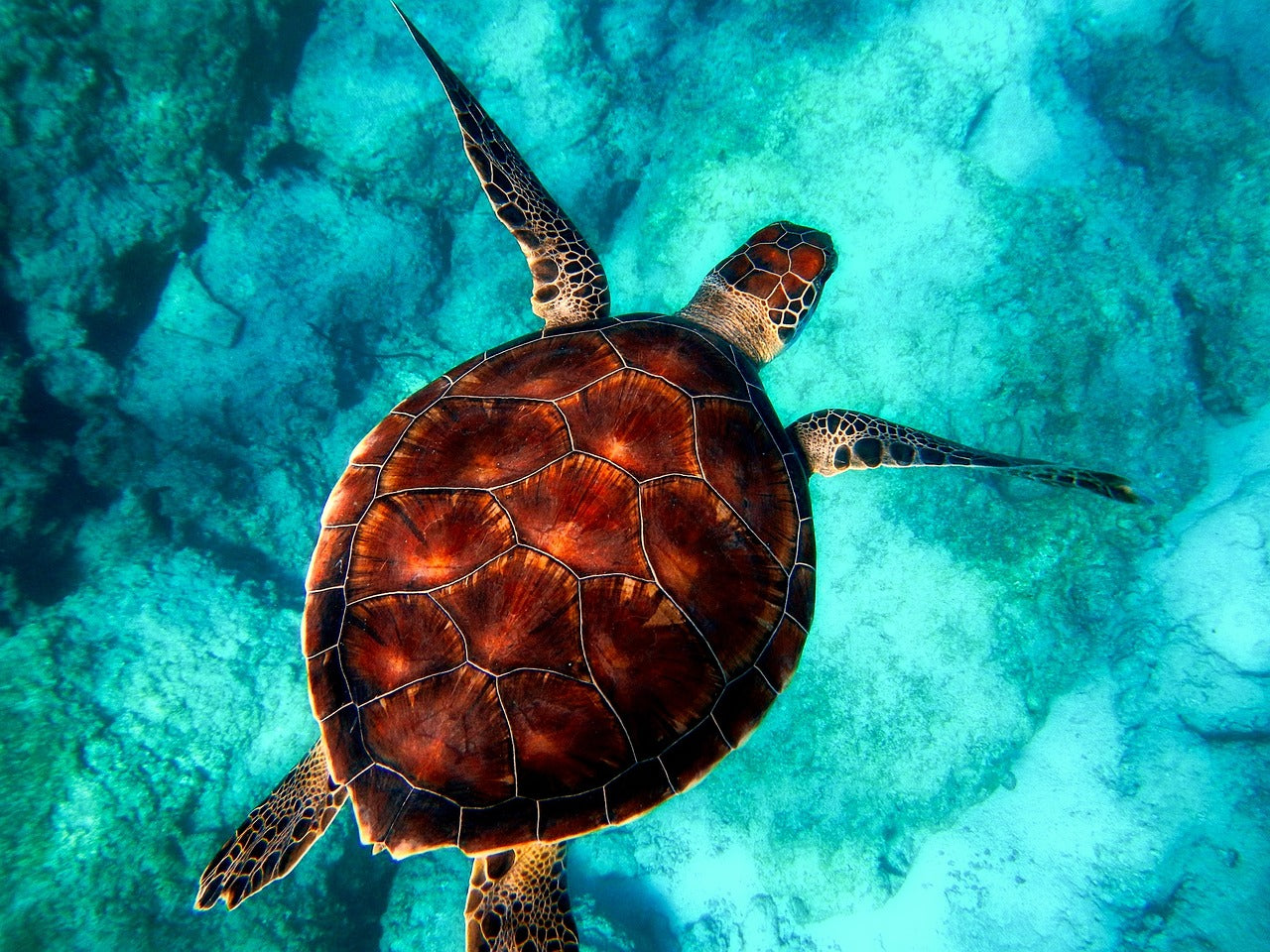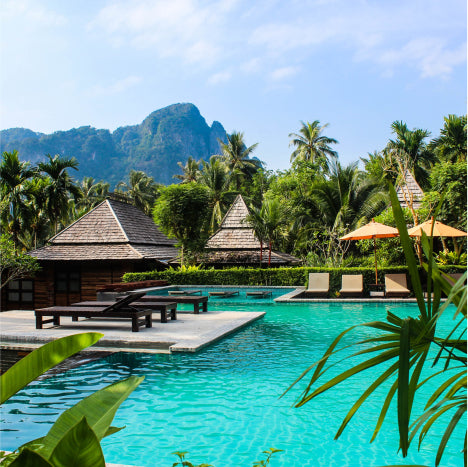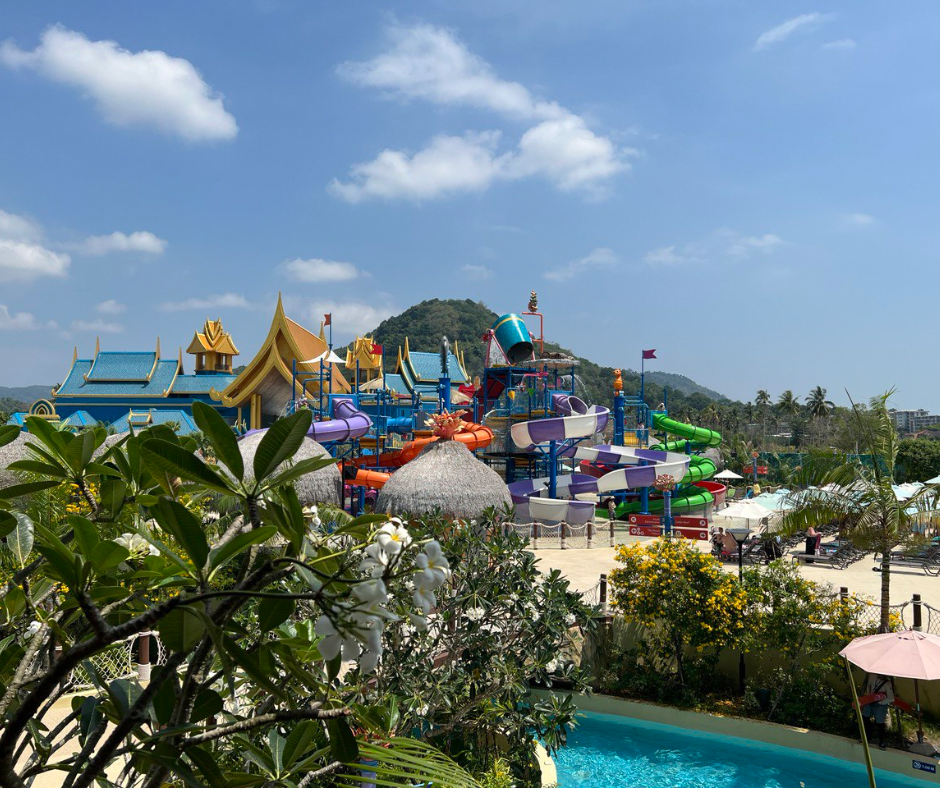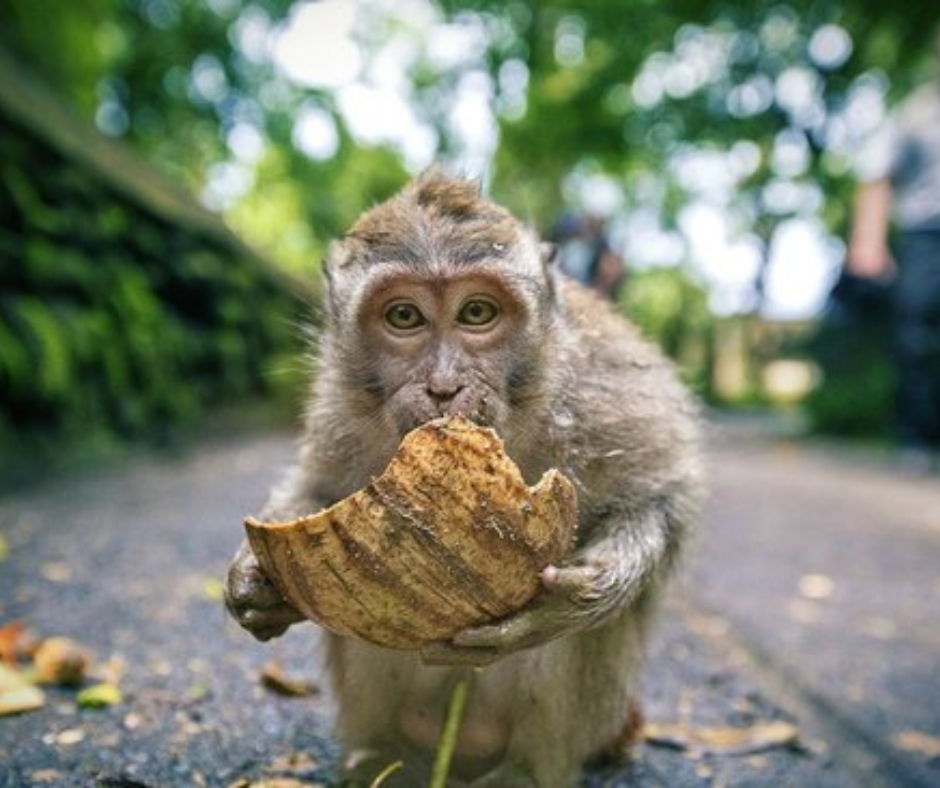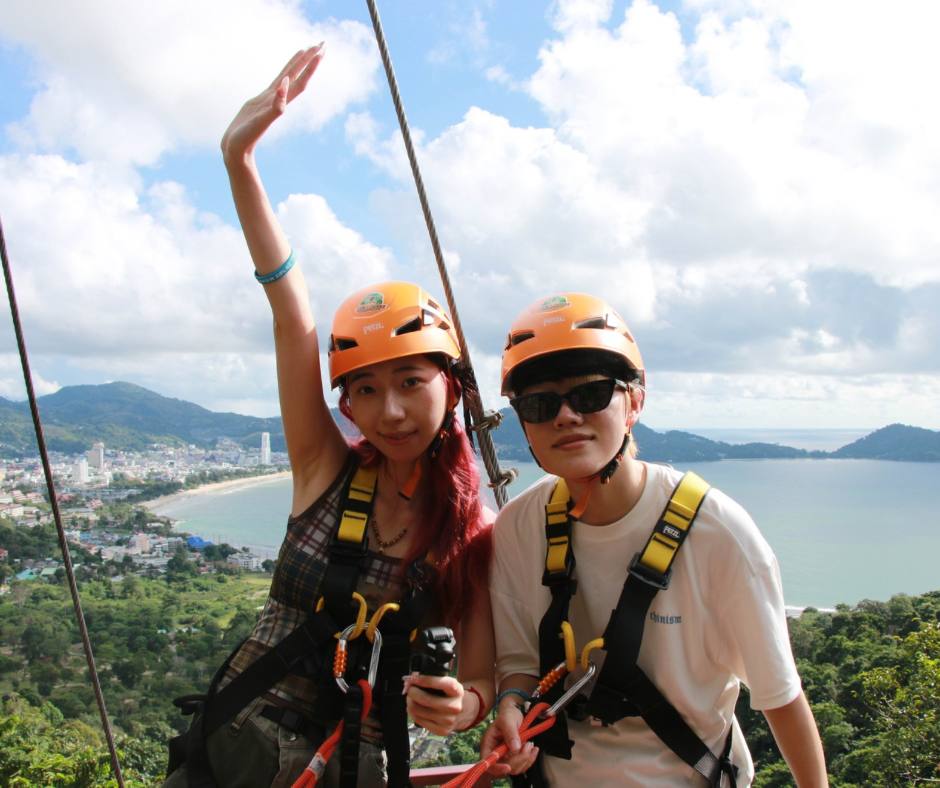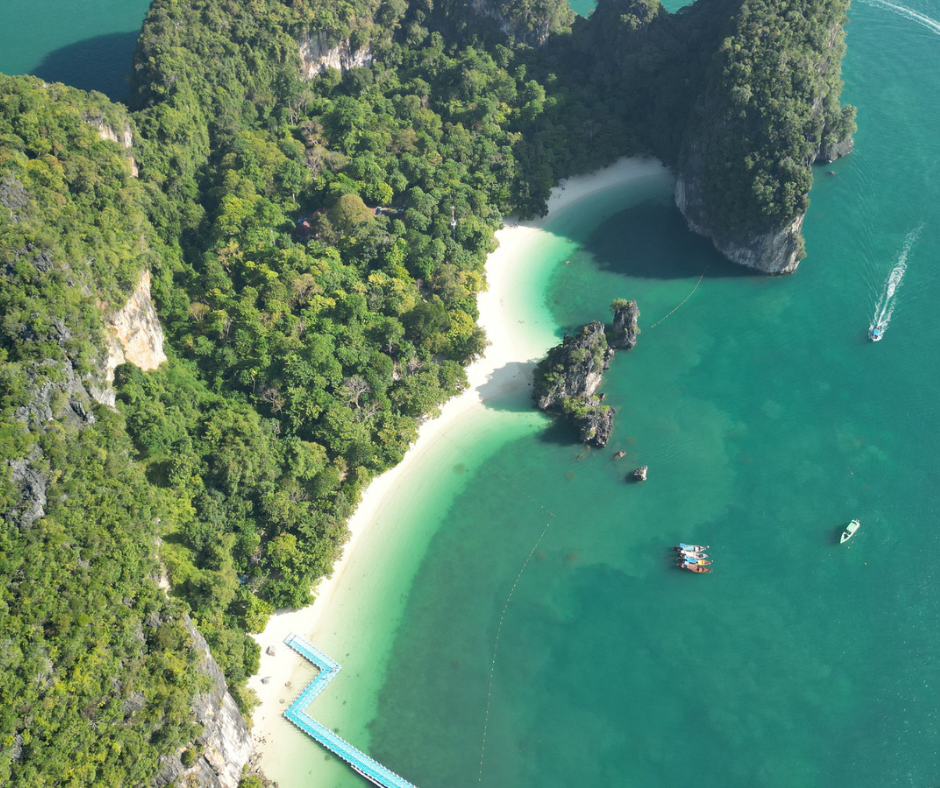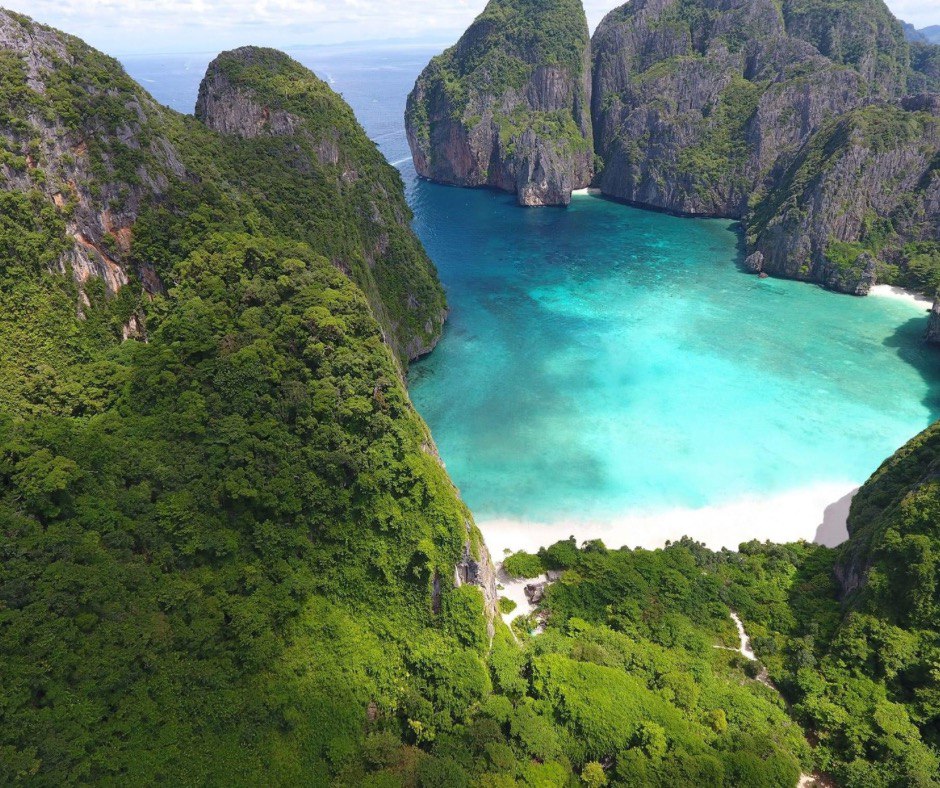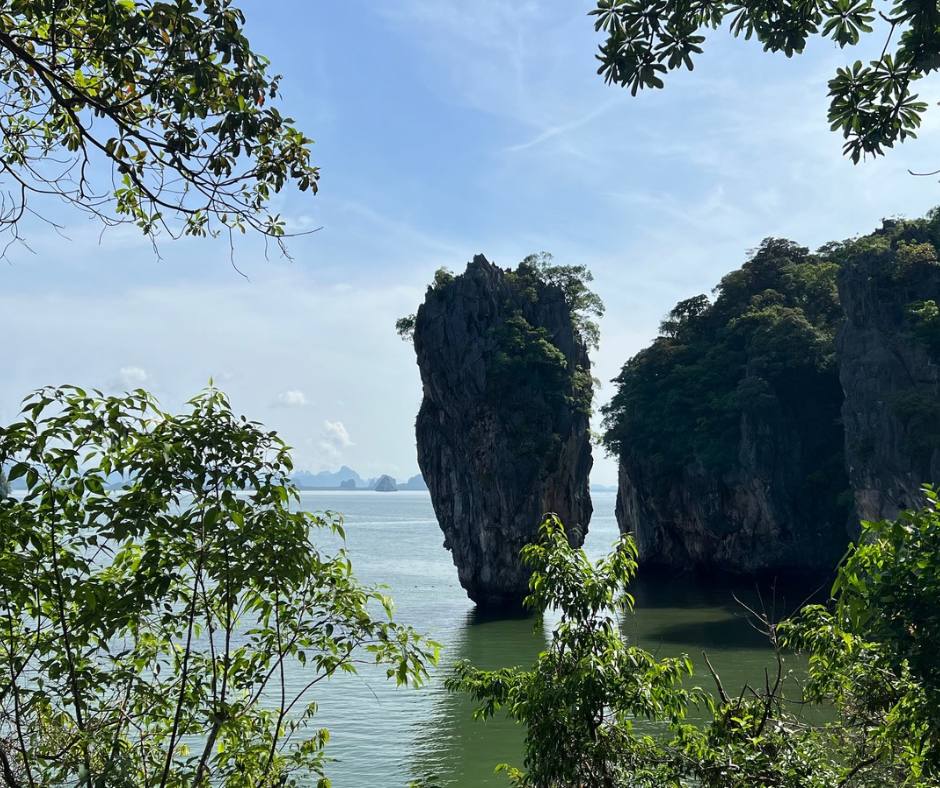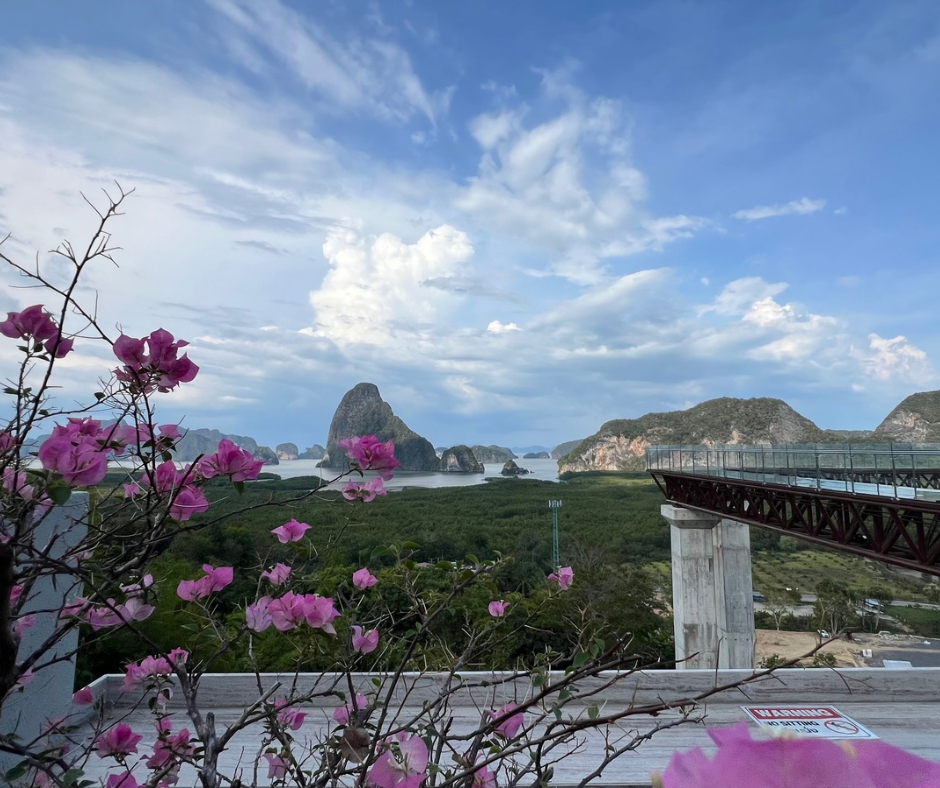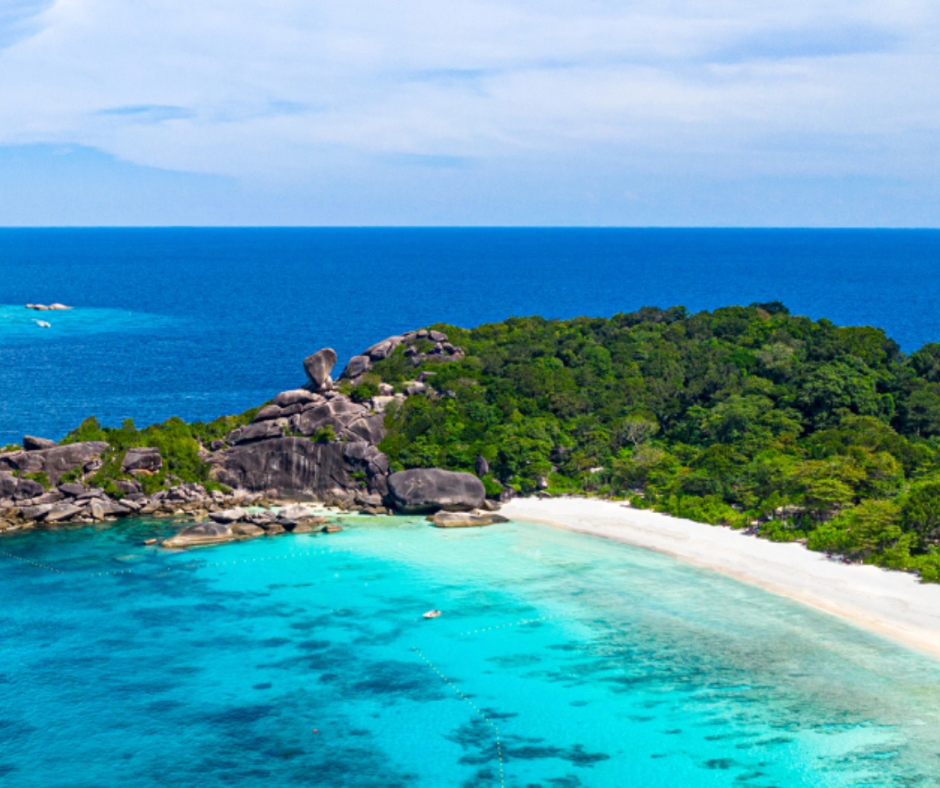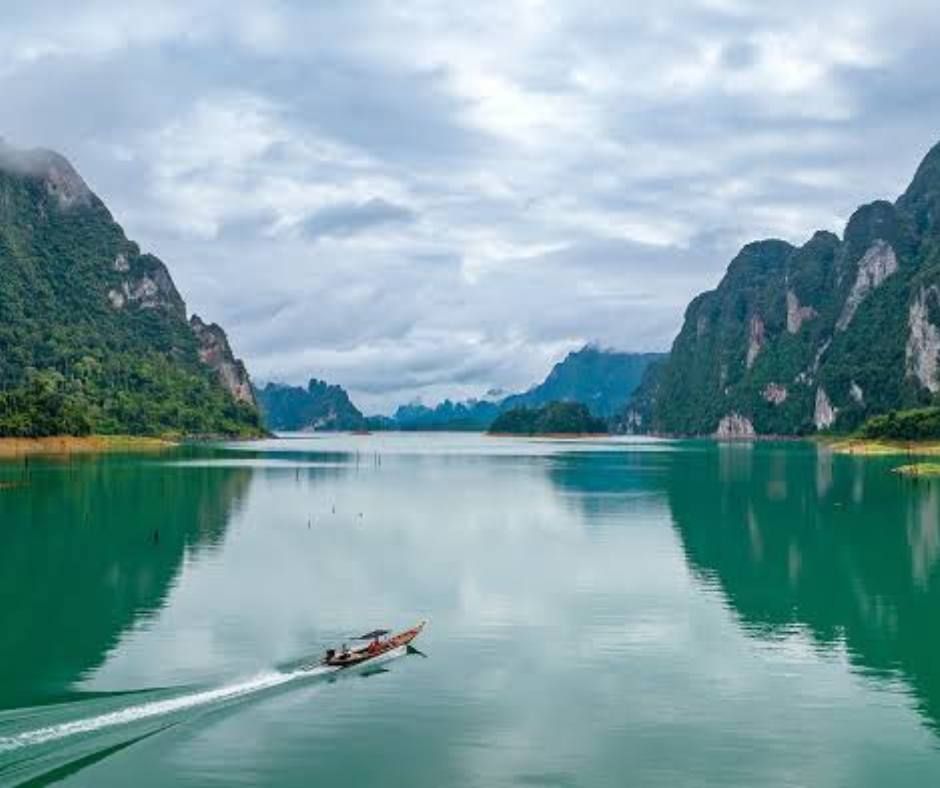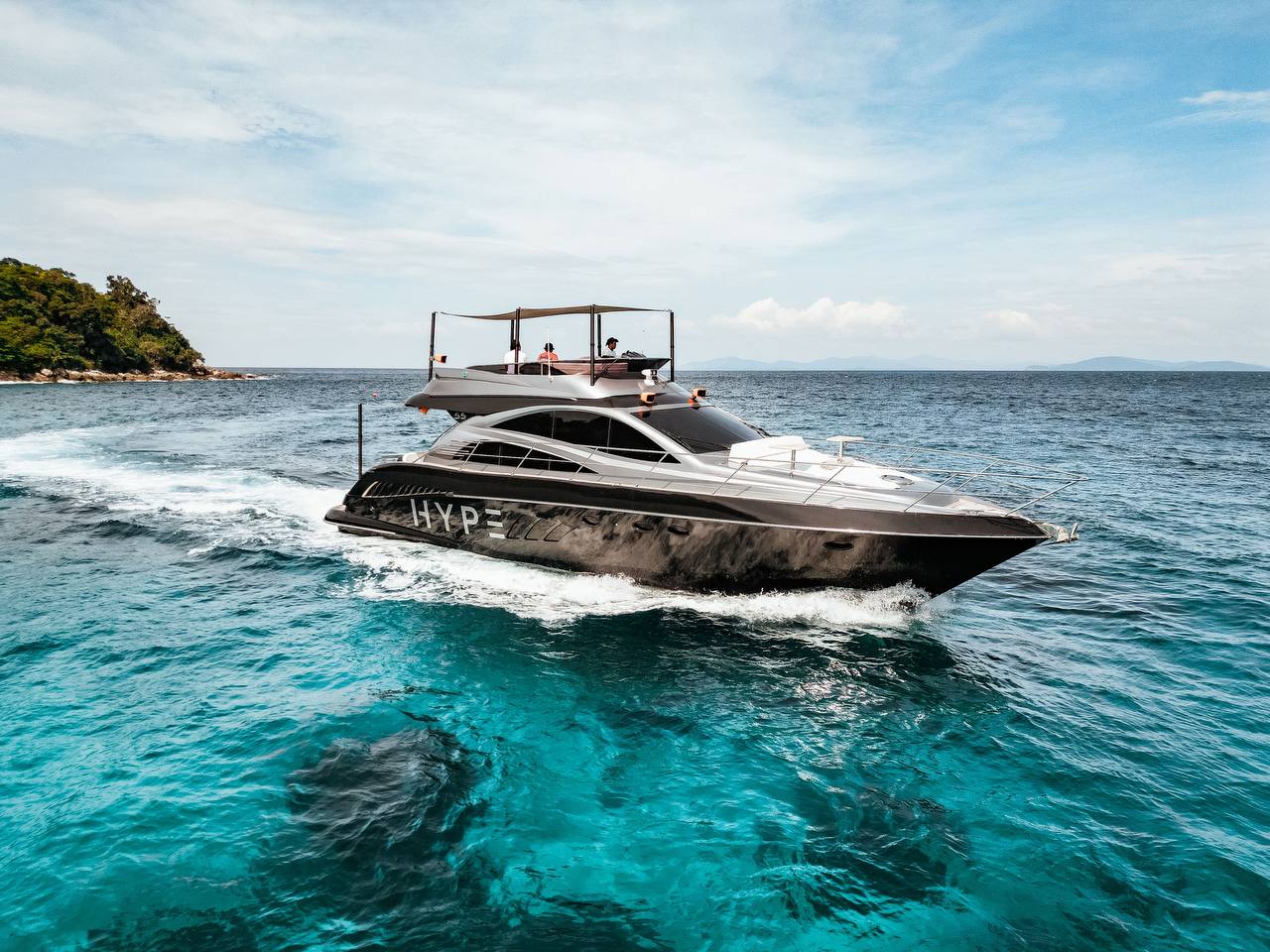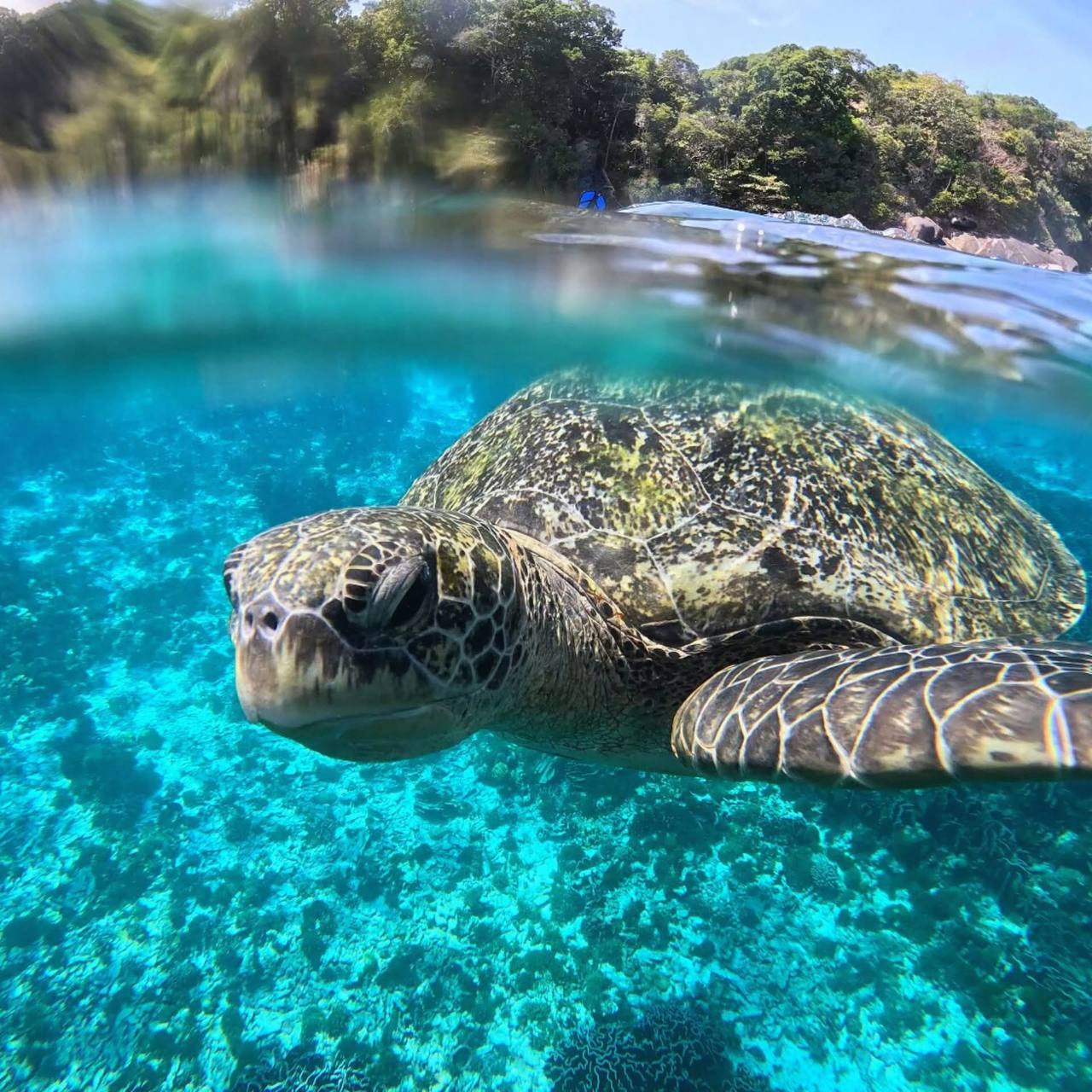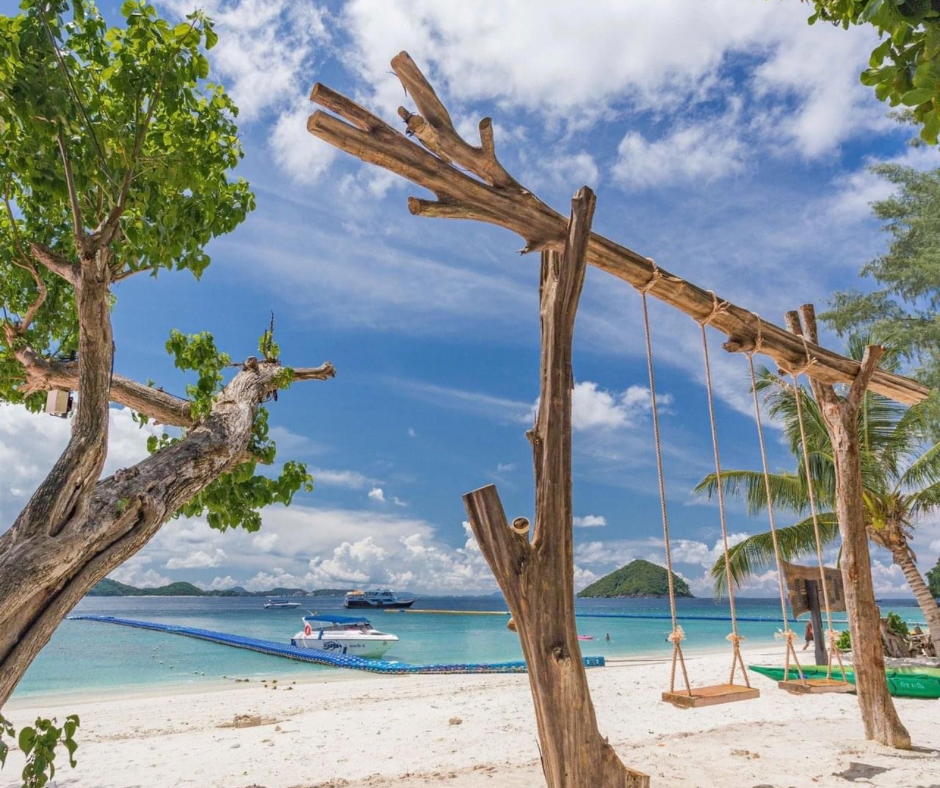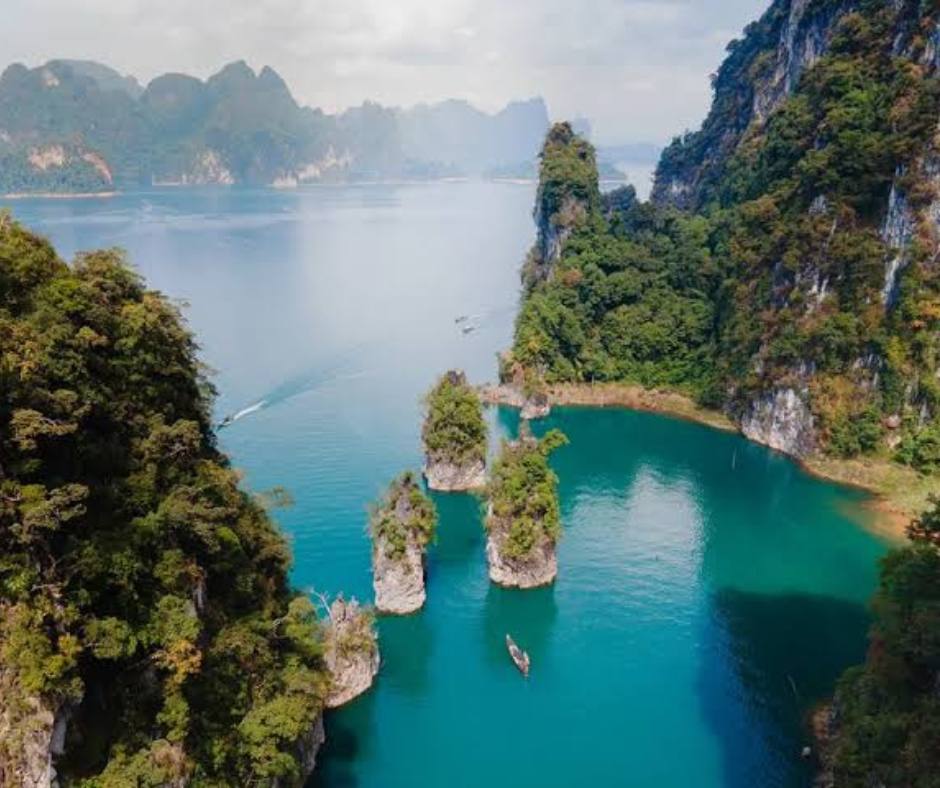James Bond Island and Phang Nga Bay: How Nature and Cinema Turned a Rock into a Legend
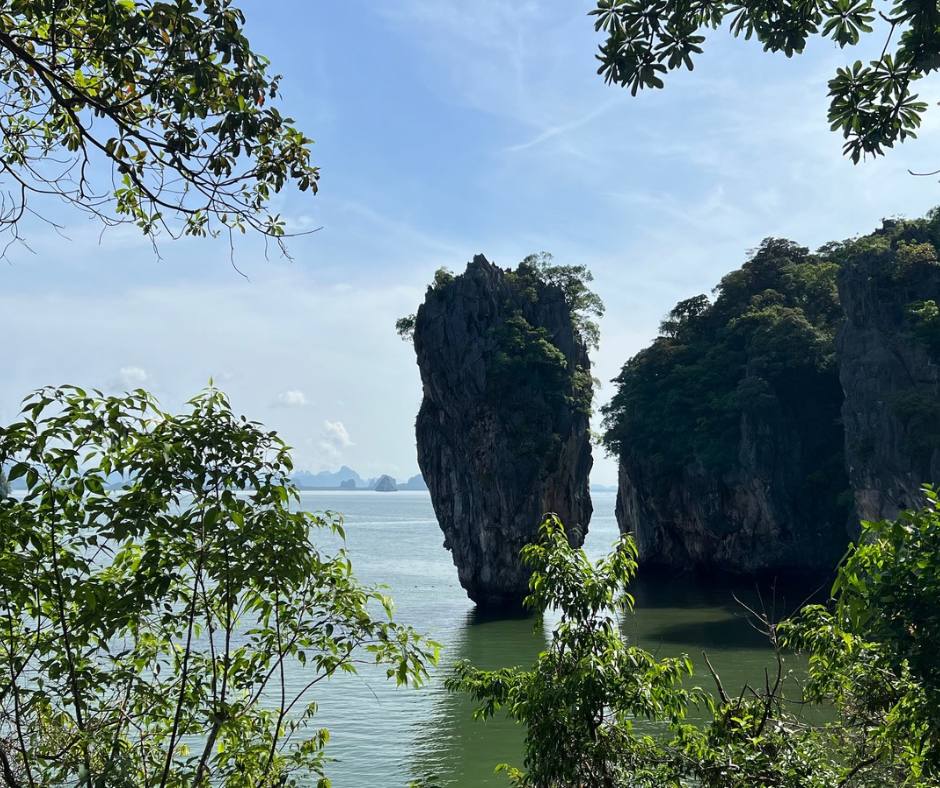
Learn the history of James Bond Island and Phang Nga Bay, one of the most picturesque places in Thailand. How unique natural landscapes and cult movies made this rock famous all over the world and why it is worth visiting at least once.
James Bond Island is one of the most iconic and photographed places in Thailand. But there is much more to this name than just a movie still. It is a geological wonder, part of a rich national park, and a symbol of the rapid transformation of forgotten corners of nature into tourist “icons”. In this article, we will tell you where the island came from, why it became famous, and what else Phang Nga Bay hides.
Where is James Bond Island
The official name of the island is Koh Tapu, which means "nail island" in Thai. It is located next to the larger island of Koh Ping Ghan in the picturesque Phang Nga Bay, northeast of Phuket Island. Administratively, this entire territory belongs to the Phang Nga Province, and since 1981 has been part of the Ao Phang Nga National Marine Park.
Geological origin: a rock-nail among emerald waters
Ko Tapu is a limestone karst cliff about 20 meters high, standing vertically in the sea and tapering sharply towards the base. The amazing shape is explained by centuries of erosion caused by tides, low tides, salt water and wind. At the base, the cliff is only about 4 meters wide, and at the top - about 8 meters. Geologists believe that such formations began to form more than 250 million years ago, when the territory of the future bay was under water.
The entire Phang Nga Bay consists of dozens of limestone islands that look like giant stone pillars that seem to have grown out of the sea. Similar formations are also found in Vietnam (Halong) and in the Chinese province of Guangxi, but it is the Thai Phang Nga Bay that has become one of the most accessible and touristically developed.

History and mythology
There are many Thai legends associated with Ko Tapu. According to one of them, in ancient times a local fisherman tried to catch a huge fish, but pulled a nail out of the sea. Enraged, he cut it in half - and one part remained in his boat, and the other fell into the sea and turned into a rock. This story gave the island its name.
Locals lived in isolation for centuries on the coasts and floating villages, fishing, harvesting oysters and growing seaweed. Until the early 1970s, tourists rarely visited.
How an Island Became 'James Bond'
Everything changed in 1974, when the island became a location for the filming of The Man with the Golden Gun, a legendary Bond movie starring Roger Moore. In the film, the rock off the island of Ko Tapu became part of the villain Francisco Scaramanga's lair.

The film's worldwide success made the place famous. Since then, it has been widely called James Bond Island. This unofficial name has found its way into guidebooks, excursion brochures, and even Google maps. Tourism began - cautious at first, then massive. Already in the 80s and 90s, the island became a mandatory part of excursion programs from Phuket, Krabi, and the mainland.
Natural features of Phang Nga Bay
Phang Nga Bay is not just one picturesque place, but an entire system of aquatic and terrestrial ecosystems, including:
-
more than 40 islands and rocks covered with dense tropical forests;
-
mangrove forests, some of the largest in Southeast Asia;
-
sea caves and lagoons that can only be reached by kayak at low tide;
-
unique geological formations accessible only during high and low tides.
The bay's flora and fauna are striking in their diversity: here you can find rare birds, crabs, starfish and even small monitor lizards. Due to its uniqueness and fragility, the local ecosystem is protected by the state. The protected status limits construction, fishing and mass tourism in order to maintain the natural balance.

Tourism and Sustainable Development
Since the early 2000s, the flow of tourists has become so high that the authorities have had to intervene. Since 1998, it has been forbidden to land near the island of Ko Tapu itself - to prevent erosion and destruction of the base of the cliff. But tourists can swim up to it by boat, kayak or take photos from the shore of the neighboring island of Ping Gan.
Most Phang Nga Bay tours include:
-
a trip around the bay on a boat or motorboat;
-
kayaking into sea caves and hidden lagoons;
-
visit to the floating Muslim village of Koh Panyee, built on stilts;
-
stop at James Bond Island for photos;
-
Lunch on the water in a village restaurant.
More detailed information about excursions to these wonderful places can be found in the tour descriptions:
We can also organize a private trip on a speedboat or catamaran just for you, your family or company.

Why is it worth going?
A trip to Phang Nga Bay is not just an excursion for the sake of taking a selfie against the backdrop of “that very rock”. It is an immersion into a unique natural landscape created by nature millions of years ago. Here, everything is different from the usual beaches of Phuket - instead of sand and palm trees, you find yourself in a world of water labyrinths, mysterious caves and steep cliffs.
Even if you are not a Bond fan, a visit to Phang Nga Bay will give you completely different emotions from Thailand: calm, meditative, deep.
James Bond Island and Phang Nga Bay are a vivid example of how one place can combine the power of nature, legends, cinema and tourism. And it is here that you can feel what real Thailand is - not only a resort, but also wild, mystical, keeping its secrets in stone and water.
